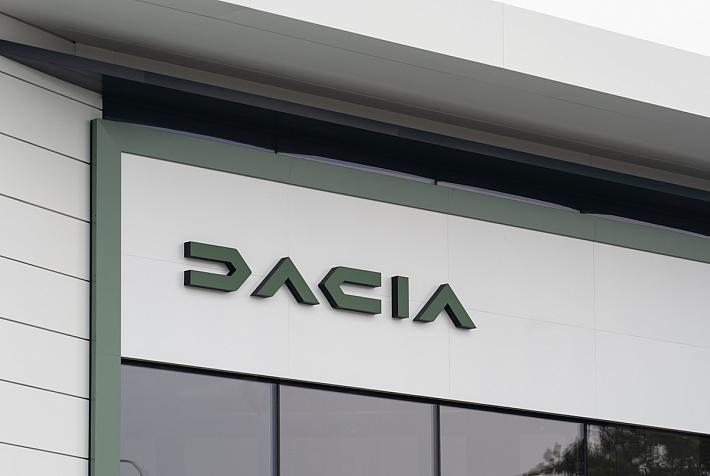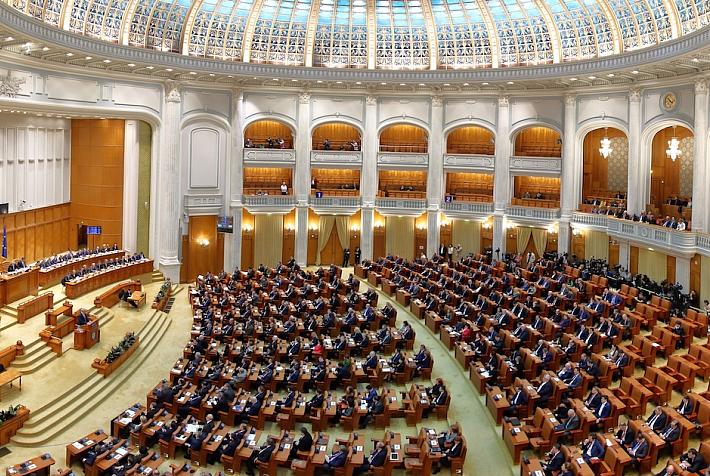Survey: Smooth transition to split VAT system in Romania would take 2 – 4 years

The business environment in Romania would need between two and four years for an “optimum transition, that doesn’t cause difficulties to companies” to the split VAT payment system, according to a PwC survey carried out at the request of the European Commission.
The survey looked at the feasibility of implementing the new split VAT payment system.
The split VAT payment will become mandatory in Romania starting January 1, 2018. Optionally, companies may apply it from October 1 and receive facilities for doing so.
In preparation for the new system, a priority for companies will be adapting their IT systems and solving the cash flow difficulties generated by the new VAT payment mechanism. At the same time, companies need to prepare, wherever possible, for potential bottlenecks at the level of the Treasury and of the tax authority ANAF, according to the conclusions of a PwC conference on the introduction of the split VAT payment system.
Potential difficulties for companies with the new system include: updating the ERP systems and changing internal work procedures; personnel costs; monitoring payments and transfers; separate tracking of transactions in dedicated VAT accounts and their checking by authorities; costs associated with VAT pre-financing.
“The negative impact could be reduced by an efficient functioning of ANAF and of the Tresury, so that companies have access to the money in the VAT account rapidly and with minimum formalities. The private environment is skeptical in this respect because the situation of ANAF’s IT infrastructure, old and overworked, is notorious, and implementing the split VAT payment could be one of the most complex projects of the recent period,” Daniel Anghel, CEE Taxes and Indirect Duties leader with PwC, said.
Anghel also explained that, at a conceptual level, the split VAT payment could bring benefits by reducing the high gap reported in Romania between the VAT sums to be collected and the actual collected ones.
“In order to reach the situation where the positive effects justify the negative impact, the new system should be managed correctly, in a balanced manner and especially quick concerning the VAT reimbursements to companies. Still, taking into account the short implementation duration of the system, without an impact study and real consultation with the business environment and the European Commission, in order to see its benefits we believe it should remain optional for at least two years,” Anghel said.
Within the new system, the Treasury will manage special accounts automatically opened for every VAT payer, and ANAF will be responsible with approving the requests for money transfers from the VAT account to another account of the owner. The transfer should be approved within at most three work-days.
“Companies will have to identify new, temporary financing sources in order to be able to pre-finance the sums owed as VAT. It remains to be seen to what extent the banking system will show an appetite for such pre-financing products, taking into account the lack of clarity concerning the way to recover the sums from the VAT account,” Diana Coroabă, Financial Services partner with PwC, said.
The tax specialists also outlined potential issues with the level of fines levied on those making mistakes within the new system, and their impact for companies, and with an increase in the number of litigations stemming from irregularities and delays.
editor@romania-insider.com












